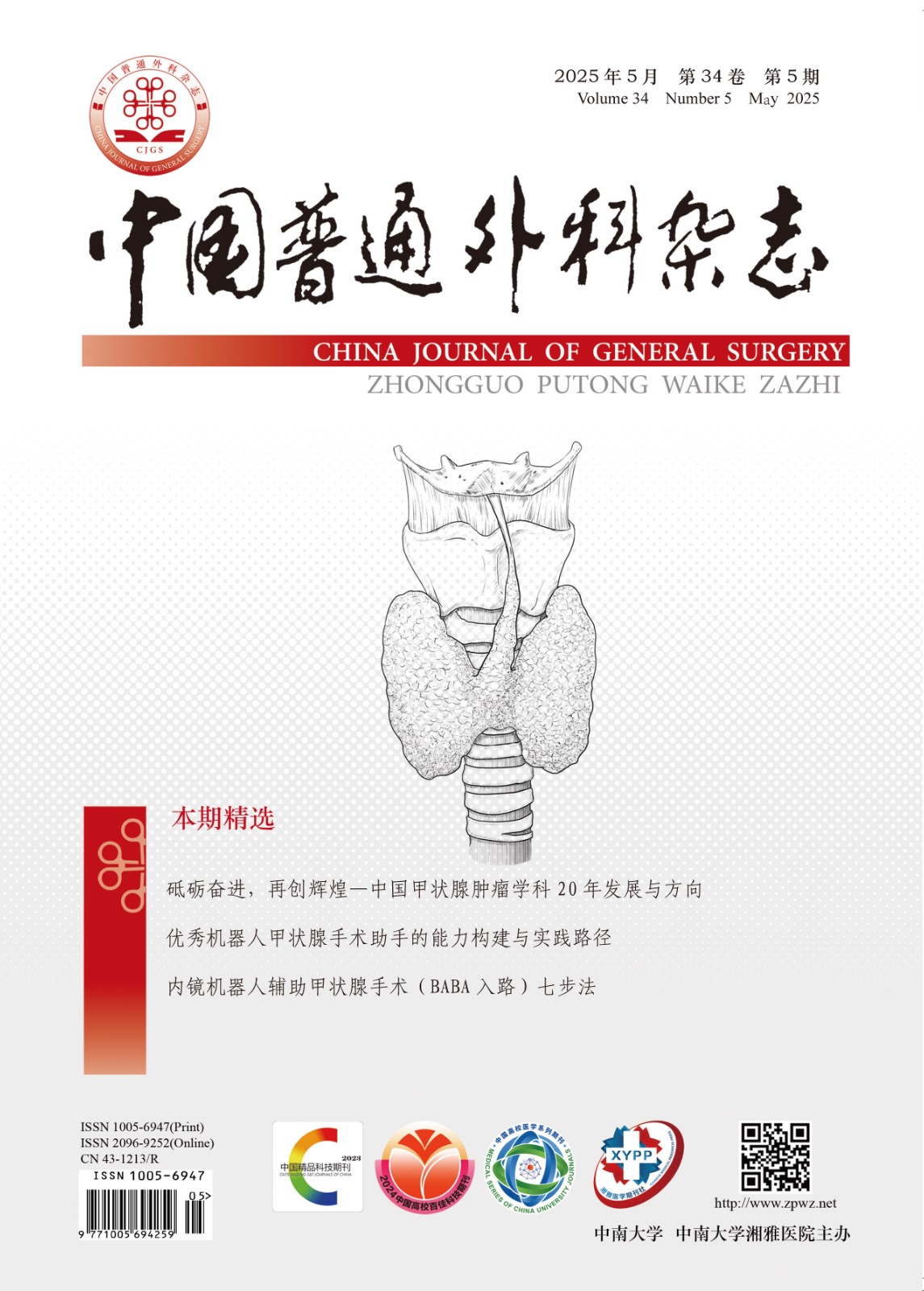Abstract:Objective: To investigate the ideal procedure of digestive tract reconstruction after total gastrectomy. Methods:The clinical data of 86 cases undergoing total gastrectomy were reviewed retrospectively. Results:Total gastrectomy was performed in 86 cases, including 76 cases of gastric carcinoma, 8 cases of malignant lymphoma and 2 of leiomyosarcoma;and 17 cases in stage II, 48 cases in stage III, and 21 cases in stage IV. Radical total gastrectomy was performed in 48 cases and palliative total gastrectomy in 38 cases. Gastrectomy combining with resection of tail of pancreas, splenectomy, transverse colectomy or partial hepatectomy was performed in 28 cases; and with drug delivery system implanted into hepatic artery in 28 cases. The reconstruction of digestive tract included esophagoduodenostomy in 12 cases, Braun esophagojejunostomy in 15 cases, RouxenY esophagojejunostomy in 29 cases, and jejunal pouch interposition in 30 cases. Postoperative complications occurred in 18 cases, including anastomosis leakage in 3 cases and pancreatic fistula in 1 case. Postoperative heartburn occurred in 21 cases, dumping syndrome in 18 cases, epigastric fullness in 15 cases, diarrhoea in 12 cases, and dysphagia in 9 cases. Conclusions :Jejunal pouch interposition is an ideal procedure for reducing the patients′ postoperative symptoms and improving the quality of life after total gastrectomy.

